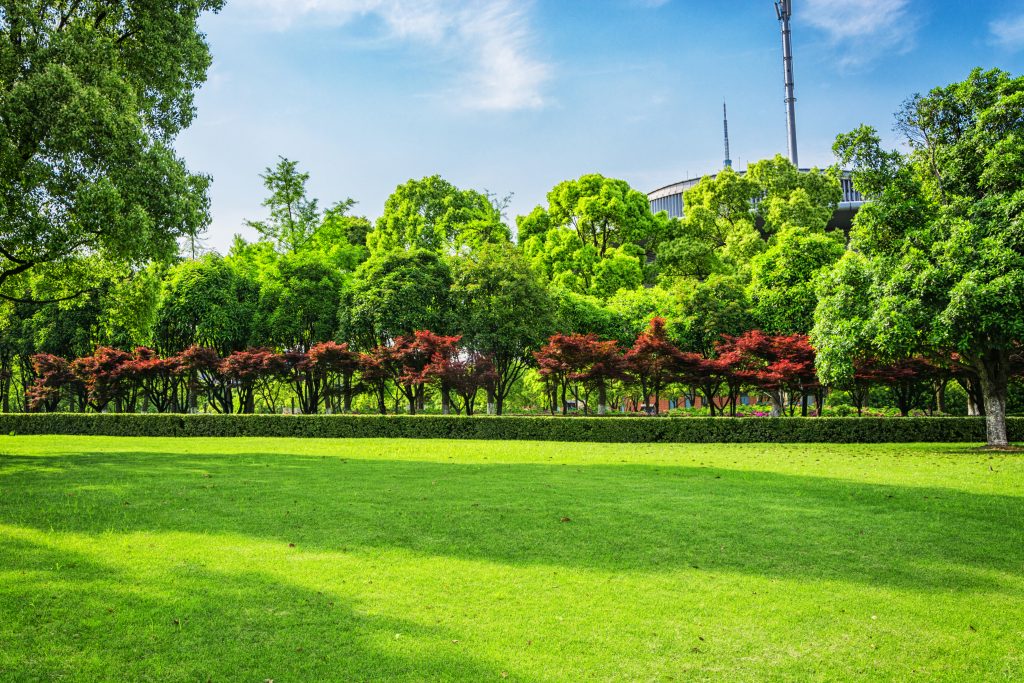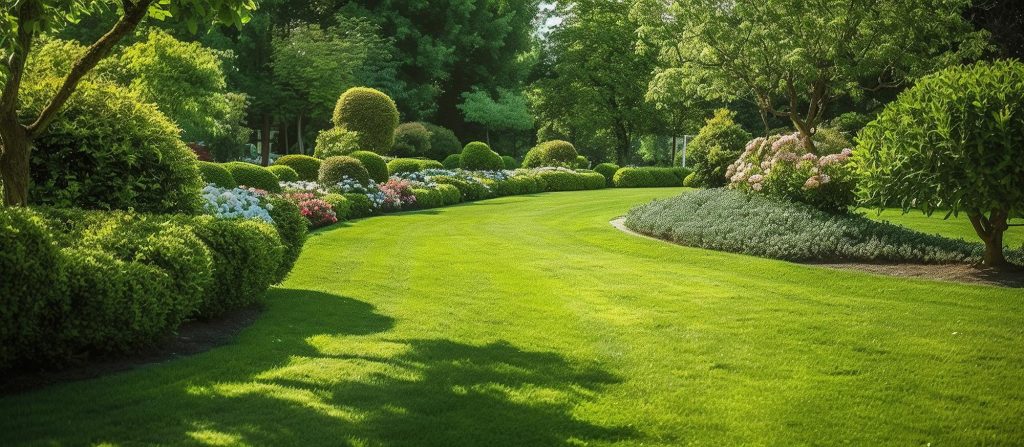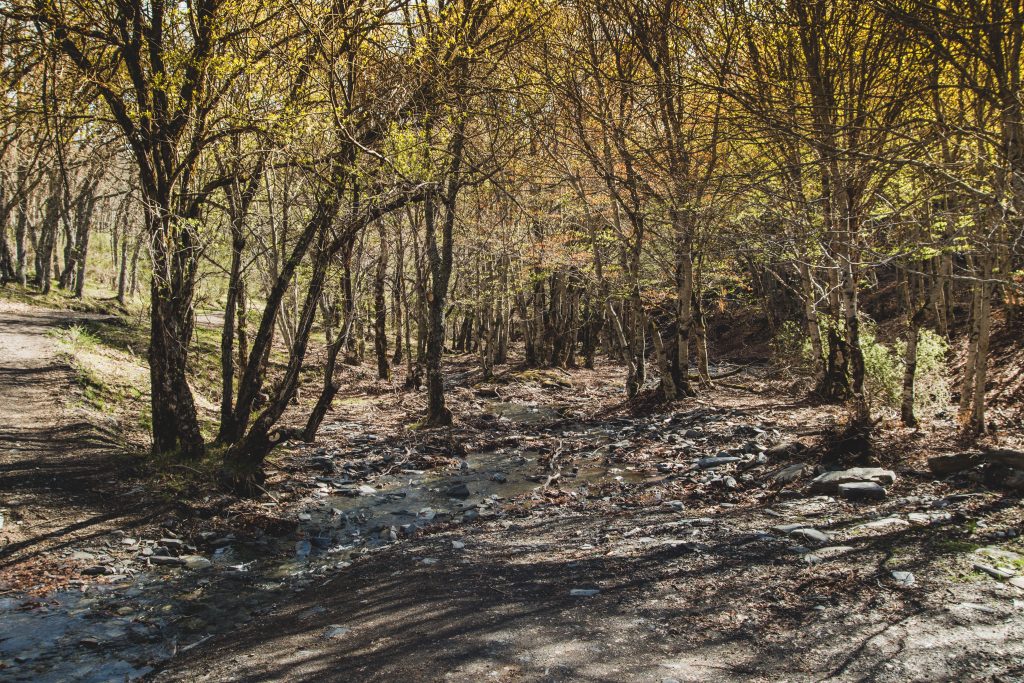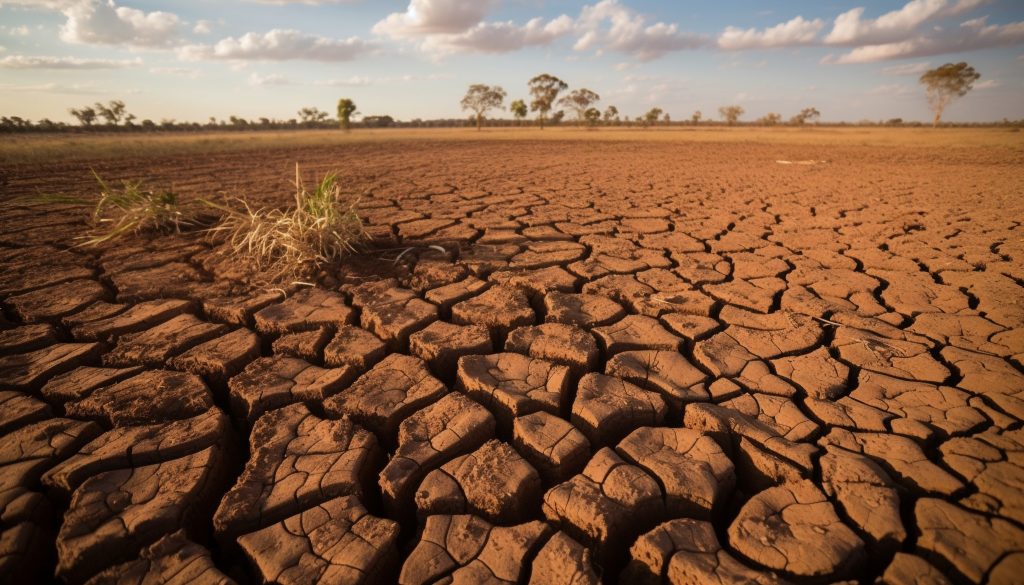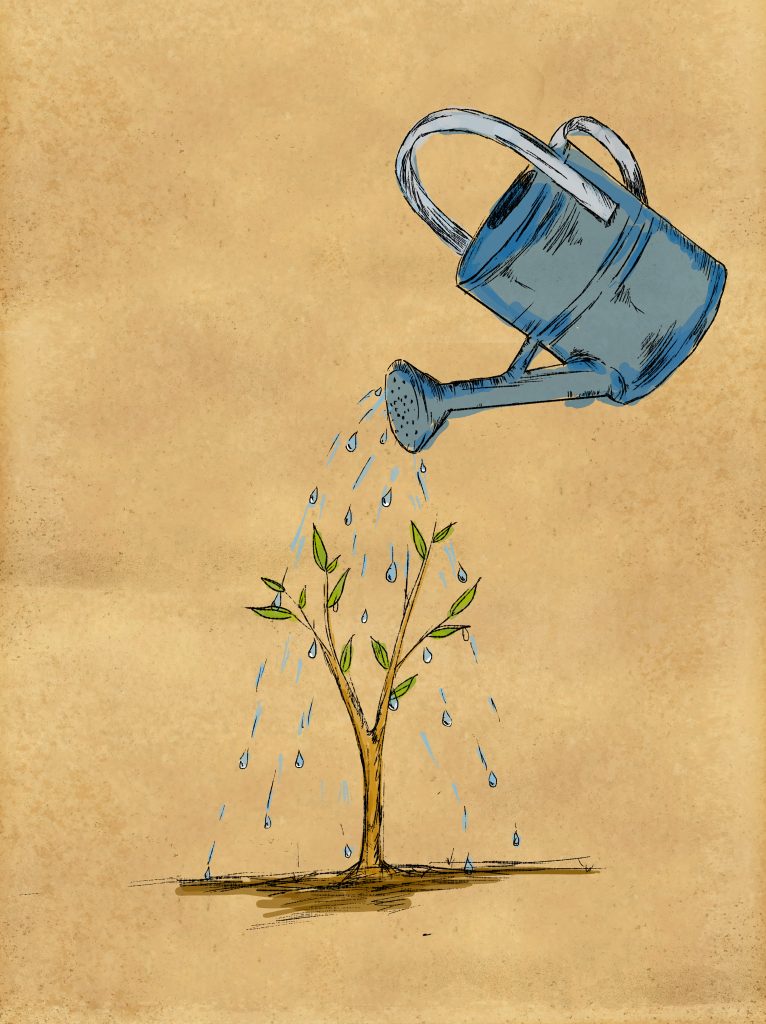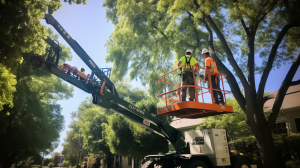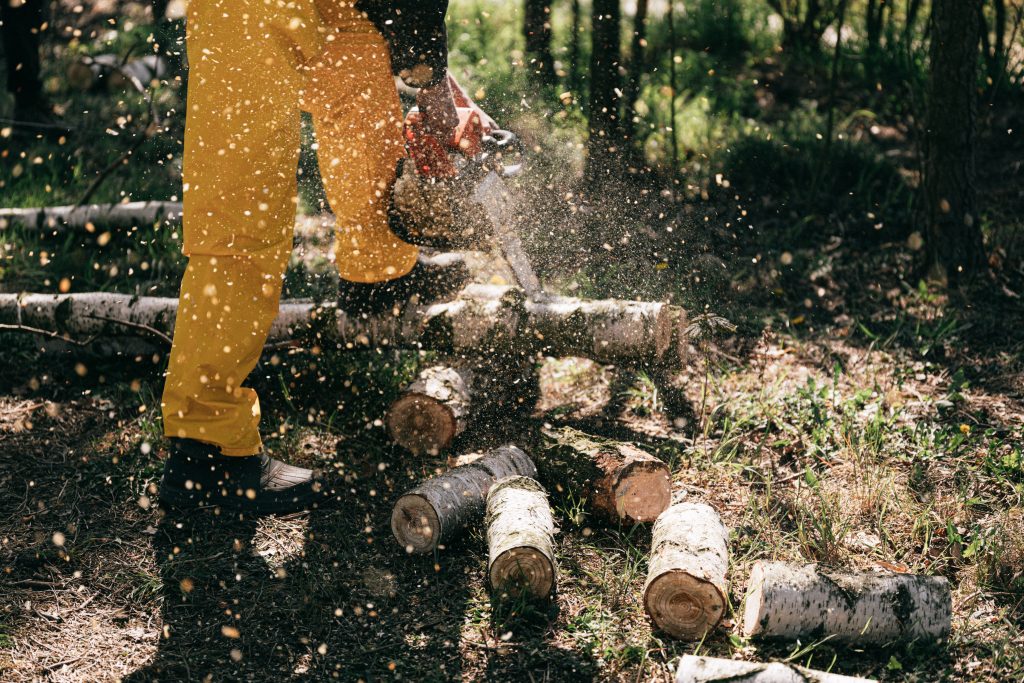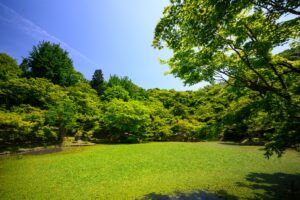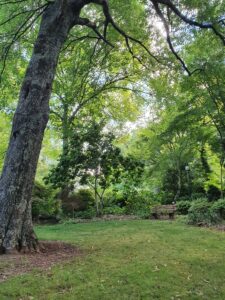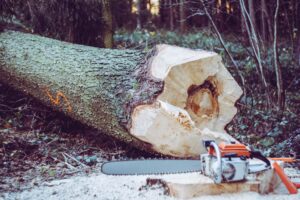THE BENEFITS OF USING TREES FOR NATURAL STORMWATER MANAGEMENT
THE BENEFITS OF USING TREES FOR NATURAL STORMWATER MANAGEMENT
Natural stormwater management is an approach that utilizes natural systems to control and mitigate the effects of stormwater runoff. One highly effective and sustainable element of this approach is the use of trees. Trees offer numerous benefits for stormwater management, including reducing runoff, preventing erosion, improving water quality, and enhancing overall environmental resilience. This note explores these benefits in detail, highlighting the critical role that trees play in natural stormwater management.

- Reduction of Runoff: Trees play a vital role in reducing stormwater runoff by intercepting and absorbing rainfall. Their canopies act as natural umbrellas, capturing raindrops and allowing them to evaporate or drip slowly to the ground. This reduces the volume and velocity of runoff, mitigating the risk of flooding and erosion.
- Soil Stabilization and Erosion Prevention: The extensive root systems of trees help stabilize soil and prevent erosion. During heavy rain, tree roots hold the soil in place, reducing the likelihood of landslides or slope failure. The roots also create channels that facilitate water infiltration into the ground, allowing the soil to act as a natural sponge and retain stormwater.
- Water Quality Improvement: Trees contribute to improved water quality by filtering stormwater runoff. As water percolates through the soil, tree roots and the associated soil microorganisms act as natural filters, removing pollutants such as sediments, nutrients, heavy metals, and chemicals. This filtration process helps protect water bodies, such as rivers, lakes, and groundwater, from contamination.
- Temperature Regulation: Trees can help mitigate the urban heat island effect, which is the phenomenon of increased temperatures in urban areas due to the abundance of impervious surfaces. By providing shade and transpiring water through their leaves, trees cool the surrounding environment. This cooling effect can reduce the volume of stormwater runoff generated and alleviate strain on stormwater infrastructure during intense rainfall events.
- Carbon Sequestration and Air Quality Enhancement: Trees are excellent carbon sinks, absorbing carbon dioxide (CO2) from the atmosphere and storing it in their trunks, branches, leaves, and roots. By sequestering carbon, trees help combat climate change and reduce the concentration of greenhouse gases. Additionally, trees improve air quality by absorbing air pollutants and releasing oxygen through photosynthesis, contributing to a healthier and more pleasant urban environment.
- Biodiversity and Habitat Creation: Trees support biodiversity by providing habitats for various species, including birds, insects, and small mammals. Urban areas with a rich tree canopy can harbor diverse ecosystems, creating interconnected habitats and promoting wildlife movement. This ecological diversity contributes to the overall resilience of the urban ecosystem and enhances the aesthetic appeal of green spaces.
The benefits of using trees for natural stormwater management are multifaceted and far-reaching. From reducing runoff and preventing erosion to improving water quality, temperature regulation, and carbon sequestration, trees play a vital role in creating sustainable and resilient urban environments. Incorporating trees into stormwater management strategies can help cities and communities combat the adverse effects of stormwater runoff while simultaneously promoting environmental health, biodiversity, and a higher quality of life. Emphasizing the importance of trees in stormwater management is essential for sustainable urban planning and the well-being of both humans and the natural world.
Preserving natural tree canopy and the prudent use of tree plantings in urban landscapes contributes to the control of runoff through a number of mechanisms.
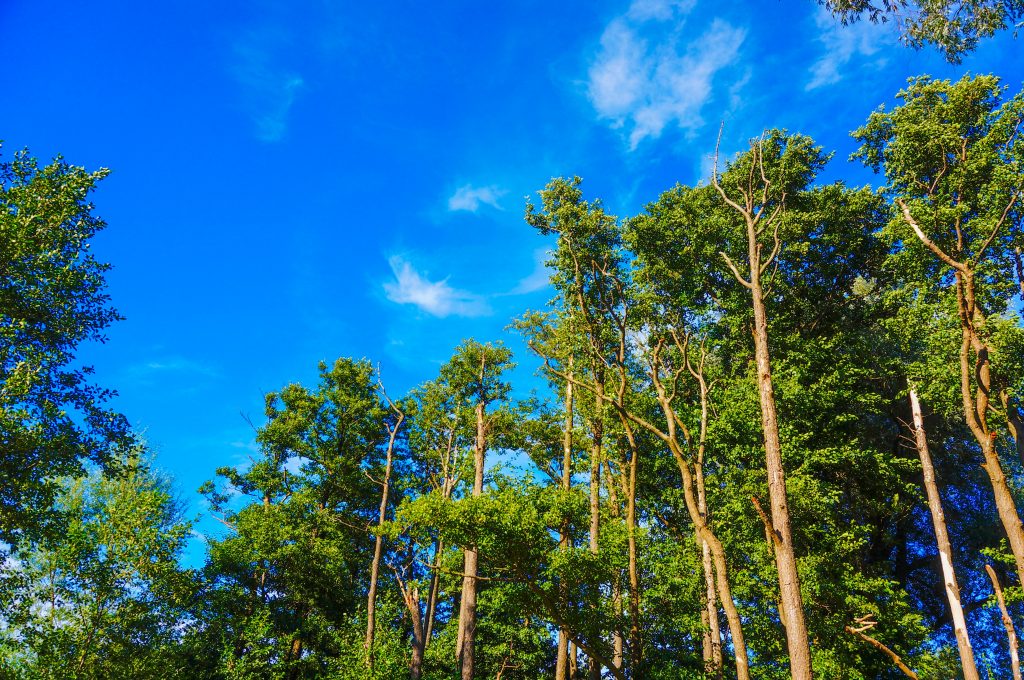
- Trees intercept and store runoff and transfer water back to the atmosphere through evapotranspiration, reducing the volume of runoff;
- the shade and tree litter beneath the canopy help promote infiltration of precipitation that reaches the ground beneath the tree, providing moisture to the tree roots (ultimately to become transpiration) and reducing the volume of runoff;
- roots, tree litter, and vegetative groundcover beneath the trees can slow the travel of runoff, resulting in lower times of concentration than associated with bare earth or impervious surfaces, and thus lowering peak runoff rates;
- tree roots, leaf litter, and vegetative cover stabilize the soil surface, preventing erosion and associated impacts; and
- trees, associated ground litter, and groundcover provide filtration and vegetative uptake of contaminants, enhancing water quality.
These functions for control of runoff and its impacts are further discussed below.
Interception and Evapotranspiration
Through the processes of interception, evaporation, and transpiration, trees and other vegetation capture and store a portion of rainfall and release water to the atmosphere, reducing the net amount of rainfall that becomes runoff. Rain is captured (intercepted) on a plant’s leaves and stems (for trees, the leaf and stem complex is referred to as “canopy”). A portion of this captured water evaporates back into the atmosphere before reaching the ground. Larger canopies intercept greater amounts of precipitation because there is more surface area available for water molecules to adhere to.
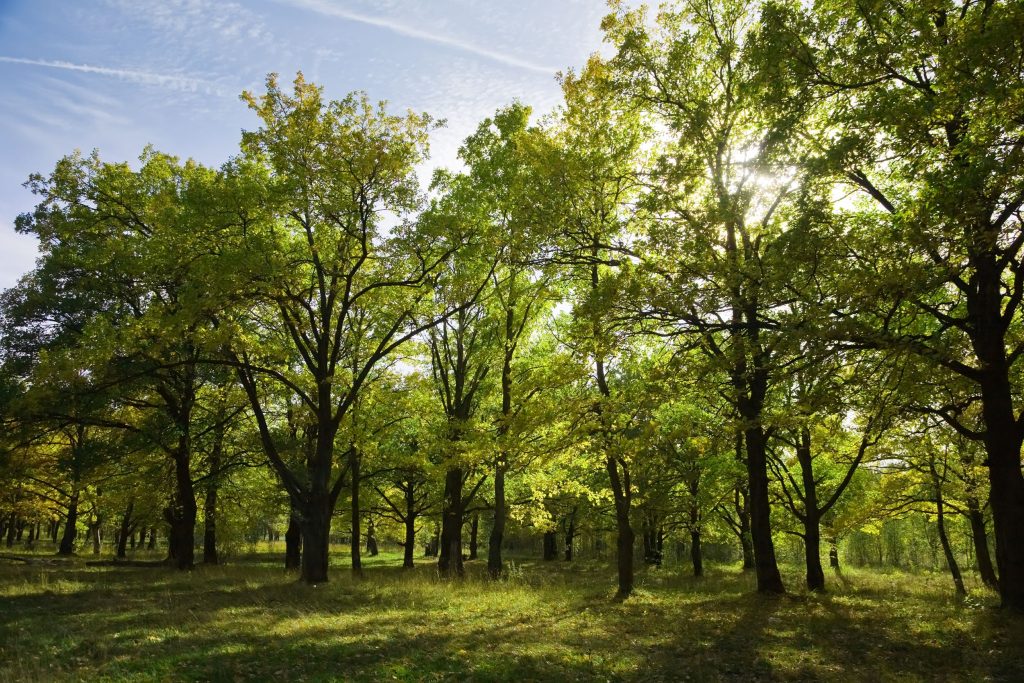
Some water flows down the plant stem to the ground as “stemflow”, and some rainfall infiltrates the ground around the plant, entering the root zone where the plant withdraws moisture to sustain itself. In this process, water taken up through its roots is then released through the plant’s vegetative structures as water vapor, a process known as transpiration. The combination of these two mechanisms – evaporation and transpiration – whereby a plant transfers moisture to the atmosphere is referred to as evapotranspiration. In both processes the water is diverted before ever becoming runoff.
Mature tree canopies are of particular value in the interception of rainfall. For example, in a New Hampshire hardwood forest at the Hubbard Brook LTER site, deciduous trees were observed to intercept 13% of the total rainfall during the leaf period and 12% of the total rainfall during the leafless period (Leonard, 1961).
Individual mature trees also provide significant rainfall interception. An illustration of this potential stormwater benefit using the National Tree Benefit Calculator was cited in Chapter 1 of this report (i.e., greater than 9% annual rainfall capture over the “footprint” of the tree). The significant volumes of interception shown in that example and in the Hubbard Brook study cited above are consistent with findings of other studies throughout the United States.
The amount of rainfall intercepted by vegetation varies depending on the type of species, time of year, and intensity and duration of the rainfall event. Species characteristics like leaf surface area and specific tree architecture contribute to the variation in total water intercepted. Also, trees typically intercept more rain during a storm of longer duration than a short storm with equal total rainfall accumulation (CUFR, 2002). In areas where rainfall is highest in the fall, winter, and spring, broadleaf evergreens and conifers intercept more rainfall than deciduous species (Xiao and McPherson 2002).
Promotion of Infiltration
Another crucial role plants have in reducing landscape runoff is facilitating ground water infiltration. Plants provide suitable conditions for water to infiltrate through several mechanisms. Decomposing plant material on the ground captures and temporarily stores runoff. Root systems create large pores in the soil called macropores that facilitate infiltration. Tree roots provide pathways for stormwater infiltration to enter soils compacted by development activity (e.g., see Bartens, et.al., 2008). The uptake of water from the soil by plants between rainfall events frees pore space that then becomes available for storage during a subsequent storm.
Note, however, that in the case of trees, much of the infiltrated water will ultimately be taken up by the trees themselves, so that in areas with extensive tree cover, deep groundwater recharge may actually be less than in areas with little or no tree cover.
Vegetative Retardance of Runoff
Vegetation not only reduces the volume of runoff, but can also reduce runoff velocity compared to flow over an un-vegetated surface (an effect referred to as vegetative retardance). This results in longer times of concentration. Natural surface roughness associated with vegetation contributes to lower peak rates of discharge than would occur on an un-vegetated landscape. Maintaining and restoring vegetated landscapes thus can contribute to the control of the rate runoff is transported through a drainage basin.
Surface Stabilization
Trees and other vegetation throughout the landscape stabilize slopes and channels and prevent soil erosion. Trees protect soil from direct exposure to falling rain by intercepting rain, absorbing the impact of rainfall that does drip from the leaf surface to the ground, and providing leaf litter that absorbs the impact of rainfall as it hits the ground. Each of these mechanisms helps prevent dislodgement of soil particles by rainfall. Additionally, the tree’s root system keeps soils intact, stabilizing slopes against displacement by runoff flowing over and through the surface soils. Reduced erosion rates from vegetated landscapes protect the quality of receiving waters by minimizing transport of sediments and associated pollutants.
Water Quality Enhancement
Not only can trees reduce the total amount and rate of stormwater runoff, they can also improve the water quality of runoff. The forest litter associated with woody plants (as well as groundcovers that may thrive beneath trees) can filter runoff as it passes over the ground. Woody plants in particular can uptake nutrients, contaminants, and metals from water or soil. A study showed that within one growing season a maple removed 60 mg of cadmium, 140 mg of chromium, 820 mg of nickel, and 5200 mg of lead (Coder, 1996). Vegetative pollutant uptake improves the surrounding soil and water quality, resulting in less contamination in runoff reaching the stormwater system from tree covered landscapes and from stormwater treatment practices that include tree plantings.
An additional water quality benefit provided by tree canopy comprises moderation of the thermal impacts of stormwater runoff. For discharges to temperature-sensitive water resources such as coldwater fisheries, prudent preservation or enhancement of tree cover to shade impervious surfaces (where runoff originates), outlet channels (where runoff discharges), and stream banks can moderate temperatures of stormwater discharges.
About Murray, Utah
Murray is a city situated on the Wasatch Front in the core of Salt Lake Valley in the U.S. state of Utah. Named for territorial governor Eli Murray, it is the state's fourteenth largest city. According to the 2020 census, Murray had a population of 50,637. Murray shares borders with Taylorsville, Holladay, South Salt Lake and West Jordan, Utah. Once teeming with heavy industry, Murray's industrial sector now has little trace and has been replaced by major mercantile sectors. Known for its central location in Salt Lake County, Murray has been called the Hub of Salt Lake County. Unlike most of its neighboring communities, Murray operates its own police, fire, power, water, library, and parks and recreation departments and has its own school district. While maintaining many of its own services, Murray has one of the lowest city tax rates in the state.
Neighborhoods in Murray, Utah
Murray Oakes, Grant Park, Southwood Park, Murray Park, Murray Park Restrooms, Willow Pond Park, Neighborhood Veterinary Care
Things To Do in Murray, Utah
Bus Stops in Murray, Utah to Truco Services, Inc.
Bus Stop in Murray Central Station (Bay C) Murray, Utah to Truco Services, Inc.
Bus Stop in State St @ 4801 S Murray, Utah to Truco Services, Inc.
Bus Stop in Murray North Station Murray, Utah to Truco Services, Inc.
Bus Stop in State St @ 4949 S Murray, Utah to Truco Services, Inc.
Bus Stop in Murray Central Frontrunner/Trax Station Murray, Utah to Truco Services, Inc.
Bus Stop in Murray Blvd / Vine St (SB) Murray, Utah to Truco Services, Inc.
Bus Stop in State St @ 3925 S Murray, Utah to Truco Services, Inc.
Bus Stop in State St @ 4824 S Murray, Utah to Truco Services, Inc.
Bus Stop in State St @ 5223 S Murray, Utah to Truco Services, Inc.
Bus Stop in Murray Blvd / Allendale Dr (NB) Murray, Utah to Truco Services, Inc.
Bus Stop in Murray Blvd @ 5039 S Murray, Utah to Truco Services, Inc.
Bus Stop in State St @ 4721 S Murray, Utah to Truco Services, Inc.
Driving Directions in Murray, Utah to Truco Services, Inc.
Driving Directions from Woodruff Tree Trimming and Removal to 4640 Commerce Dr, Murray, UT 84107, USA
Driving Directions from Reliable Tree Care to 4640 Commerce Dr, Murray, UT 84107, USA
Driving Directions from Tree Pro-Tech to 4640 Commerce Dr, Murray, UT 84107, USA
Driving Directions from Prestige Tree And Landscape to 4640 Commerce Dr, Murray, UT 84107, USA
Driving Directions from Excellence Tree & Landscape to 4640 Commerce Dr, Murray, UT 84107, USA
Driving Directions from Amen Trees to 4640 Commerce Dr, Murray, UT 84107, USA
Driving Directions from Tim's Tree Care to 4640 Commerce Dr, Murray, UT 84107, USA
Driving Directions from Jordan Tree Service - Murray to 4640 Commerce Dr, Murray, UT 84107, USA
Driving Directions from Arbor Works to 4640 Commerce Dr, Murray, UT 84107, USA
Driving Directions from Diamond Tree Experts to 4640 Commerce Dr, Murray, UT 84107, USA
Driving Directions from Green Tree Arborist to 4640 Commerce Dr, Murray, UT 84107, USA
Driving Directions from TruCo Services to 4640 Commerce Dr, Murray, UT 84107, USA
Reviews for Truco Services, Inc. Murray, Utah
Emily Abercrombie
We had a great experience with TruCo! They were well priced, responsive and prompt. Michael was a pleasure to work with and gave us advice on which plants to put in where we took out our ugly old shrubs. I would highly recommend this company!!!
Michelle Turpin
TruCo Services gets 5 stars from us for customer service. We experienced a few issues with their services this last year and Rob Eccles in senior management, stepped in and immediately handled our issues. He was very committed to making sure they understood our expectations and would execute to make us happy.
Siobhan Billingsley
I work for a property management company and have the pleasure of working with Rob at a community in Sandy. He has been incredible to work with and always responds in a timely manner. He knows all the homeowners by name and address and is aware of all the "problem" areas when it comes to sprinklers. I never have to worry about following up with him because he always reaches out to provide me with an update. If you're looking to work with someone who takes pride in their job, is professional, and can solve the worst landscaping problems thrown your way, Rob is your guy. Thank you, Rob for all you do!
Jaime S.
We have used Truco at 2 of the complexes we manage, they have been great to work with. Good quality service, outstanding customer service with good communication. That's hard to find these days. I highly recommend them. Travis has been awesome to work with.
Jerusha Smart
We use TruCo for a majority of our properties and our home. While other landscaping companies we use come and go for various reasons like cost, communication issues, work performance, etc., TruCo is always consistent in price and work. Also, Rob is the best.
